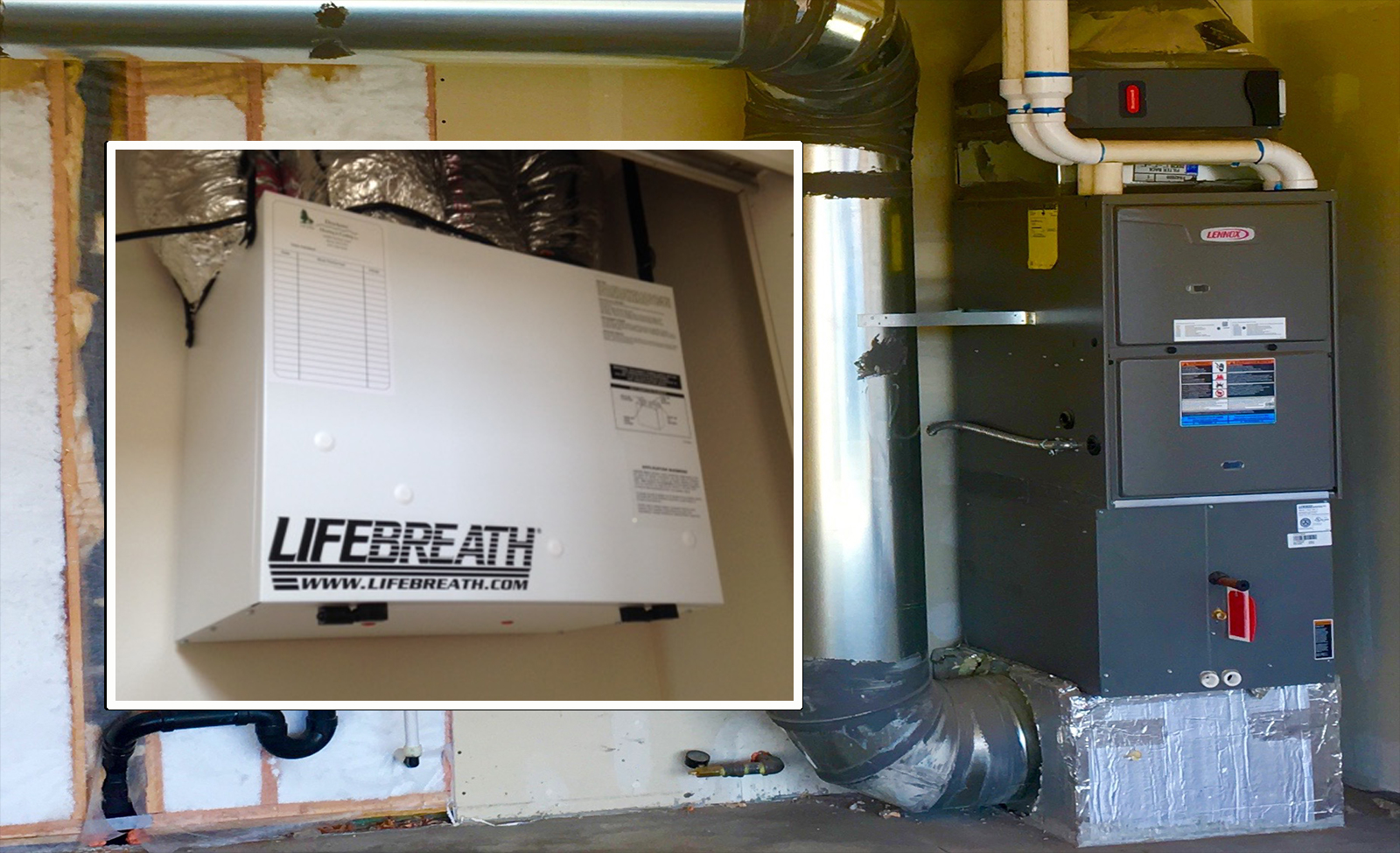The Sustainability Factor of HRV in Modern Homes
Wiki Article
How Heat Recovery Ventilation Improves Indoor Air High Quality and Reduces Energy Prices
Heat Recovery Ventilation (HRV) systems play a necessary role in improving indoor air top quality while at the same time reducing energy costs. By efficiently exchanging stagnant interior air with fresh outdoor air, HRVs assist keep perfect moisture and lower pollutants. Furthermore, their capacity to recover warm from outward bound air minimizes the stress on heating and cooling down systems. As energy prices remain to rise, understanding the complete potential of HRV systems comes to be progressively important for home owners and services alike.Comprehending Heat Recovery Ventilation Equipments

Heat recovery ventilation (HRV) systems play a crucial function in enhancing interior air quality, specifically in contemporary, energy-efficient buildings. These systems are made to transfer warmth from the outbound stagnant air to the incoming fresh air, therefore lessening power loss while preserving ideal temperature level levels inside your home. HRVs consist of a warm exchanger, fans, and ductwork, promoting the continual circulation of air. By expelling indoor pollutants and introducing fresh air, HRVs help to balance humidity levels, prevent mold growth, and reduce allergens. The effectiveness of HRV systems depends on their capacity to recover up to 80% of the heat from the tired air, advertising energy conservation while making sure a healthy and balanced indoor atmosphere. Their assimilation is vital in accomplishing lasting living techniques.
The Importance of Indoor Air High Quality
Indoor air quality (IAQ) is an essential factor influencing the health and wellness and wellness of passengers in any kind of setting. Poor IAQ can lead to various health and wellness problems, consisting of respiratory system problems, allergies, and fatigue. Additionally, it can intensify status quo such as bronchial asthma. Variables adding to low IAQ consist of contaminants from indoor resources like cleaning up agents, mold and mildew, and inadequate air flow. As a result, maintaining excellent IAQ is crucial for promoting a secure and comfortable living or working room. Effective approaches to enhance IAQ involve routine monitoring of air top quality, appropriate air flow systems, and lessening the use of hazardous materials indoors. By focusing on IAQ, people can guarantee a much healthier setting that cultivates performance and overall top quality of life.Energy Effectiveness Conveniences of HRV Systems
Numerous house owners and structure supervisors are significantly recognizing the energy effectiveness advantages of heat healing air flow (HRV) systems. By moving heat from worn down indoor air to incoming fresh air, HRV systems considerably lower the energy required for cooling and heating. This process lessens reliance on standard a/c systems, bring about reduced power expenses. Furthermore, HRVs assist preserve a well balanced indoor climate, preventing excessive heating or cooling demands. The ability to recover up HRV Heat Recovery Ventilation to 90% of the warmth from outgoing air also sustains sustainability initiatives by lowering total energy usage. As a result, HRV systems contribute not just to set you back savings yet likewise to a minimized carbon footprint, straightening with the expanding emphasis on energy-efficient structure methods.Setup and Upkeep Considerations
The reliable implementation of warmth recuperation ventilation (HRV) systems needs careful factor to consider of setup and maintenance variables to ensure peak efficiency. Appropriate positioning of the HRV unit is crucial, as it ought to be mounted in a location that takes full advantage of airflow while lessening sound disruption. Furthermore, ductwork must be appropriately sized and insulated to avoid energy loss. Regular upkeep, including filter replacement and system cleaning, is essential to safeguard ideal functionality and indoor air quality. Proprietors ought to establish a normal upkeep routine to determine and address possible problems before they escalate. Cooperation with seasoned experts during both installation and upkeep phases can enhance the long life and effectiveness of HRV systems, ultimately leading to far better indoor environments and reduced energy costs.
Real-World Applications and Success Stories
Discovering real-world applications of heat recuperation ventilation (HRV) systems discloses their considerable influence on indoor air quality and power efficiency throughout various settings. In residential buildings, homeowners have reported better air high quality, causing less allergies and breathing issues. Schools implementing HRV systems have kept in mind enhanced trainee focus and decreased absence due to much better air flow. Industrial structures, such as offices and retail areas, have experienced reduced power expenses and increased staff member productivity. As an example, a company office in a warm environment attained a 30% decrease in energy costs after setting up an HRV system. These success tales demonstrate that HRV innovation not just adds to much healthier environments however also supplies tangible monetary advantages, making it a valuable financial investment for various markets.Regularly Asked Questions
Can HRV Equipments Reduce Irritants in Indoor Air?
The effectiveness of HRV systems in lowering interior allergens largely depends upon their ability to filter and exchange air. HRV Heat Recovery Ventilation. By continuously replacing stale air, these systems can substantially lower allergen levels throughout interior environments
Just How Does Humidity Affect HRV System Performance?
Humidity greatly affects HRV system efficiency; high levels can bring about condensation, minimizing performance, while reduced moisture might enhance air exchange. Balancing humidity is crucial for ideal operation and preserving indoor air high quality.Are HRV Solutions Noisy During Operation?
HRV systems can create varying noise levels during operation, depending on their style and setup. Some systems operate quietly, while others may create visible audio, especially at greater airflow settings or when inadequately maintained.What Is the Typical Life-span of an HRV System?

Can HRV Systems Be Made Use Of in All Environments?
HRV systems can be used in various climates, however their efficiency might differ - HRV Heat Recovery Ventilation. In severe temperature levels, modifications or supplementary systems may be necessary to assure suitable performance and convenience while maintaining interior air qualityReport this wiki page